The International Coenzyme Q10 Association (the ICQA) is a nonprofit association. The ICQA has existed since 1997. It promotes biochemical and clinical research into the preventive and therapeutic health effects of the substance Coenzyme Q10 [International 2022].
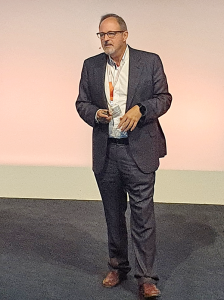
Professor Guillermo Lopez-Lluch is the current chairman of the International Coenzyme Q10 Association. He has conducted important research into the absorption and bioavailability of CoQ10 supplements and into the role of Coenzyme Q10 in aging and disease.
Since the 1980s, CoQ10 researchers have investigated the absorption and bioavailability of CoQ10 supplements. They have also reported beneficial health effects of CoQ10 supplementation in the following areas of clinical research [Martelli 2020; Testai 2021]:
- aging individuals
- heart failure patients
- patients with infertility disorders
- patients with low-energy syndrome and fatigue disorders
- patients with migraine headaches
Unresolved CoQ10 Research Issues
Now, Dr. David Mantle, Dr. Guillermo Lopez-Lluch, and Dr. Iain Hargreaves have published an interesting résumé of the CoQ10 research issues that remain unresolved [Mantle 2023].
Mantle et al begin by pointing out that Coenzyme Q10 has a number of important biological functions within the mitochondria and elsewhere within cells.
- essential role in the generation of ATP energy
- important role as the major endogenous lipid-soluble antioxidant protecting cellular membranes from free radical-induced oxidative damage
- role in the mediation of the expression of a number of genes involved in inflammation processes
Accordingly, it is not surprising that CoQ10 deficiency is a factor in numerous disorders as outlined above.
CoQ10 Issues Worthy of Further Research
How to Improve the Bioavailability of CoQ10 Supplements?
Mantle et al define bioavailability as the proportion of the ingested Coenzyme Q10 that reaches the blood circulation following absorption in the small intestines.
Typically, the absorption and bioavailability of Coenzyme Q10 from supplements is low, on the order of 5%, often less. The reason is that CoQ10 molecules are large lipid-soluble molecules. Being hydrophobic, they must be incorporated into micelles for transport through the watery environment of the small intestines.
Issues to be investigated further:
- The raw material Coenzyme Q10 consists of crystals. The human body cannot absorb these crystals; they must be dissolved to single molecules. The manufacturing process to accomplish this involves the selection of specific carrier oils and the use of a specific heating and cooling process [Lopez-Lluch 2019].
- The issue of whether the CoQ10 supplement should contain the oxidized form known as ubiquinone or the reduced form known as ubiquinol is controversial. The available research shows that the formulation of the CoQ10 product, i.e., the choice of carrier oils and the heating/cooling process, are more important for bioavailability than the form of the CoQ10 product, i.e., whether ubiquinone or ubiquinol [Lopez-Lluch 2019].
- There is considerable individual variability in the absorption and bioavailability of Coenzyme Q10 [Lopez-Lluch 2019].
How to Administer Coenzyme Q10 Via Alternative Routes?
Given the low bioavailability of orally ingested CoQ10 supplements, it makes sense to ask whether the substance can be administered in a more efficient manner. Is IV administration a possibility? [Mantle 2023]
IV administration of Coenzyme Q10?
To date, researchers have done only animal studies of the IV administration of Coenzyme Q10. Mantle et al suggest that clinical studies of the safety of clinical studies are required to establish the safety of IV injection of micellar or liposomal CoQ10 formulations. They also propose research into the use of Coenzyme Q10 bound to LDL- or VLDL-cholesterol carriers for IV administration.
Alternative Routes of CoQ10 Administration?
In their investigation of alternative routes of CoQ10 administration, Mantle et al found that the rate of absorption is greatest for intraperitoneal injection, followed by the intramuscular and subcutaneous routes. To date, research into these alternative routes of CoQ10 administration has been done only in animal models.
In humans, topical applications of Coenzyme Q10 to the skin, the gums, and the eyes have been beneficial [Mantle 2023].
How to Get Exogenous Coenzyme Q10 Across the Blood-Brain Barrier?
Mantle et al point to animal studies that have shown some success in getting supplementary Coenzyme Q10 to cross the blood-brain barrier. They call for further research to find out whether supplemental Coenzyme Q10 can cross the blood–brain barrier in human and to identify which specific transporters are involved. They also question whether the transport of the supplemental Coenzyme Q10 occurs with other lipid-type substances such as vitamin E.
How Is Supplemental Coenzyme Q10 Transported into and within Target Cells and Tissues?
It is known that the intestinal absorption of Coenzyme Q10 is a simple passive facilitated diffusion process. Passive means that the process does not require an energy source; it simply requires a greater concentration of Coenzyme Q10 on the watery side of the intestinal absorption cell membrane than on the inside of the intestinal absorption cell membrane. Facilitated means that the CoQ10 molecules need lipid-soluble carrier molecules, typically monoglycerides, to carry them [Judy 2018].
Mantle et al ask whether the subsequent transfer of CoQ10 molecules from the blood circulation into the cells and tissues is also a down-the-hill diffusion process or whether protein transporters are needed. Thus far, researchers have identified two possible transporters of Coenzyme Q1o from the blood into the cells. More research is needed.
Why Has CoQ10 Supplementation Been Unsuccessful in Some Clinical Trials?
CoQ10 administration has been eminently successful in a number of clinical trials:
- The Q-Symbio study of the effect of Coenzyme Q10 on the morbidity and mortality in chronic heart failure patients [Mortensen 2014]
- The KiSel-10 study of the effect of combined Coenzyme Q10 and selenium supplementation on cardiovascular disease mortality and heart function in elderly individuals [Alehagen 2013]
- The Gulf War Illness study of the health benefits to veterans [Golomb 2014]
In some relatively few randomized controlled trials, the effect of the CoQ10 supplementation has not reached the level of statistical significance. Mantle et al say that, in such cases, the bioavailability of the CoQ10 supplement should be questioned. The Coenzyme Q10 may not have been sufficiently absorbed.
In studies in which Coenzyme Q10 has not had the desired effects in patients with neurodegenerative disorders, the problem may have been that the supplemental Coenzyme Q10 could not cross the blood-brain barrier.
It is still an open question whether CoQ10 supplementation alone is sufficient to resolve established mitochondrial dysfunction. Mantle et al suggest that the administration of Coenzyme Q10 together with selenium, vitamins B1-B3, L-carnitine, and vitamin D3 in appropriate dosages may be appropriate and should be investigated.
What is the Most Appropriate Tissue in Which to Measure CoQ10 Concentrations?
Mantle et al point out that CoQ10 concentrations are most often measured in the blood. However, there is evidence that plasma CoQ10 levels are not necessarily representative of CoQ10 levels in other tissues. It will be important to investigate CoQ10 concentrations in the following ways:
- in skeletal muscle – an invasive practice that is not practical
- in blood mononuclear cells – easily done but with what relationship to tissue levels?
- in platelets – also a possibility if related to tissue levels
- in skin fibroblasts – may give a false result
- in urine to judge renal CoQ10 concentrations – not yet a proven practice
- in cerebrospinal fluid – invasive and not practical
Conclusion: Still Unresolved CoQ10 Research Issues
In summary, the most important CoQ10 research issues still to be resolved are the following:
- How to improve the uptake of supplemental Coenzyme Q10 in the intestinal absorption cells?
- How to improve the flow of the exogenous Coenzyme Q10 from the blood into the cells and tissues?
- How to administer Coenzyme Q10 so that it can cross the blood-brain barrier?
Sources
Alehagen U, Johansson P, Björnstedt M, Rosén A, Dahlström U. Cardiovascular mortality and N-terminal-proBNP reduced after combined selenium and coenzyme Q10 supplementation: a 5-year prospective randomized double-blind placebo-controlled trial among elderly Swedish citizens. Int J Cardiol. 2013 Sep 1;167(5):1860-6.
Golomb BA, Allison M, Koperski S, Koslik HJ, Devaraj S, Ritchie JB. Coenzyme Q10 benefits symptoms in Gulf War veterans: results of a randomized double-blind study. Neural Comput. 2014 Nov;26(11):2594-651.
International Coenzyme Q10 Association. 2022, November 24. In Wikipedia. https://en.wikipedia.org/wiki/International_Coenzyme_Q10_Association.
Judy, William V. The Substance That Powers Life: Coenzyme Q10, An Insider’s Guide. 2018. ISBN 978-87-7776-186-7. Available from amazon.com.
López-Lluch G, Del Pozo-Cruz J, Sánchez-Cuesta A, Cortés-Rodríguez AB, Navas P. Bioavailability of coenzyme Q10 supplements depends on carrier lipids and solubilization. Nutrition. 2019 Jan;57:133-140.
Mantle D, Lopez-Lluch G, Hargreaves IP. Coenzyme Q10 metabolism: a review of unresolved issues. Int. J. Mol. Sci. 2023;24:2585.
Martelli A, Testai L, Colletti A, Cicero AFG. Coenzyme Q10: Clinical Applications in Cardiovascular Diseases. Antioxidants (Basel). 2020 Apr 22;9(4):341.
Mortensen SA, Rosenfeldt F, Kumar A, Dolliner P, Filipiak KJ, Pella D, Alehagen U, Steurer G, Littarru GP; Q-SYMBIO Study Investigators. The effect of coenzyme Q10 on morbidity and mortality in chronic heart failure: results from Q-SYMBIO: a randomized double-blind trial. JACC Heart Fail. 2014 Dec;2(6):641-9.
Testai L, Martelli A, Flori L, Cicero AFG, Colletti A. Coenzyme Q10: Clinical Applications beyond Cardiovascular Diseases. Nutrients. 2021 May 17;13(5):1697.
The information presented in this review article is not intended as medical advice and should not be used as such.



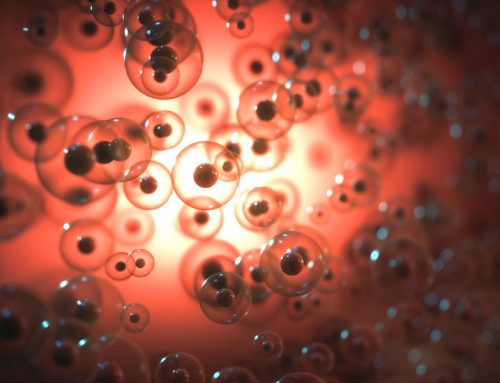
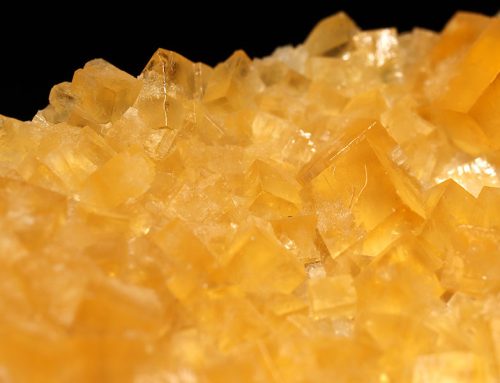
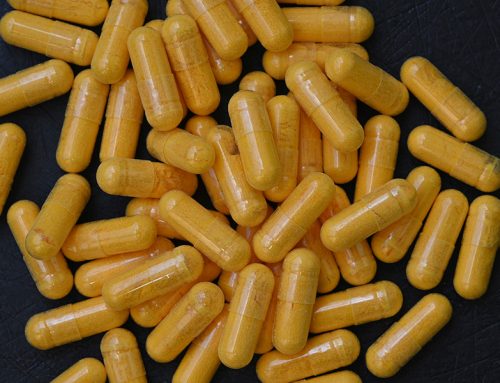
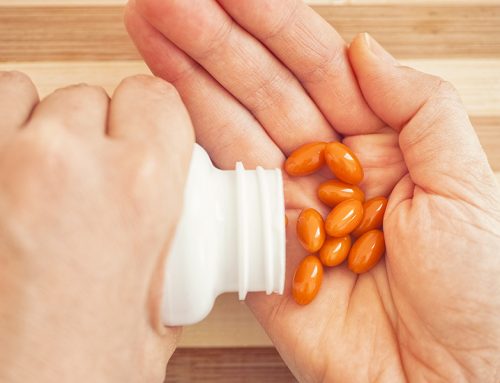


I believe cq10 crosses the blood brain barrier. It does for me. I just started taking it and I can feel it hit my brain. I am on antidepressants and I think it is helping me. Just take 10mg. Just wanting to let you know.
Dear Debra –
Thank you for your feedback. I have heard from other people that they feel more energy with Coenzyme Q10.
For example, a few people have warned me against taking a CoQ10 supplement in the evening because, then, they have difficulty falling asleep – they have too much energy.
It is best to take the CoQ10 supplement together with a meal containing some fat – to help the absorption of the Coenzyme Q10. So, maybe one capsule at breakfast with some yogurt and a second capsule at lunch time.
Best wishes,
Richard